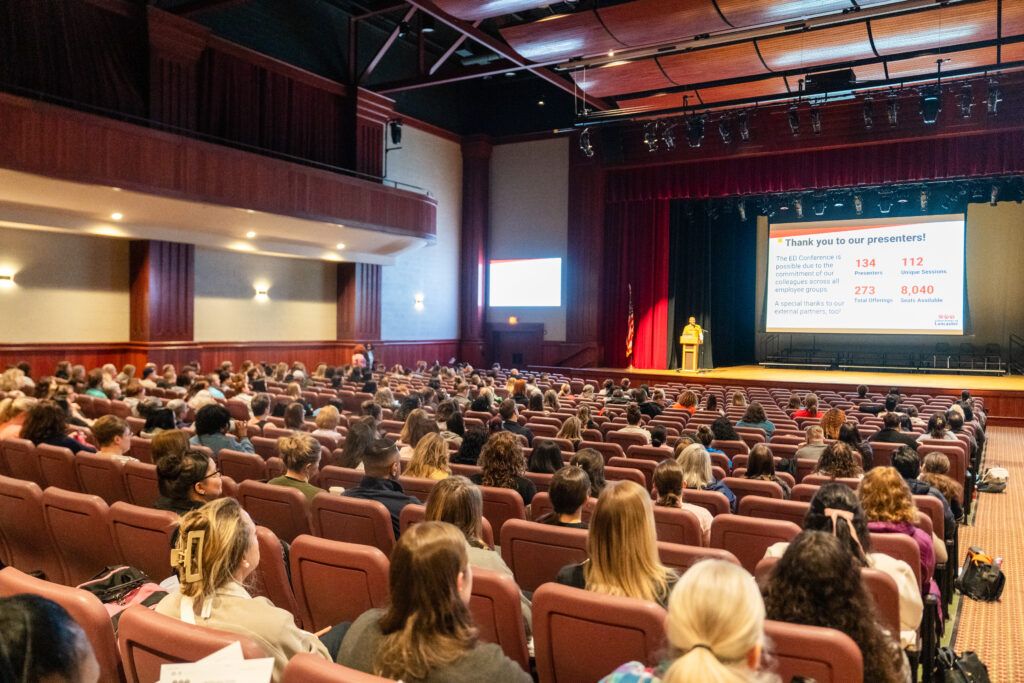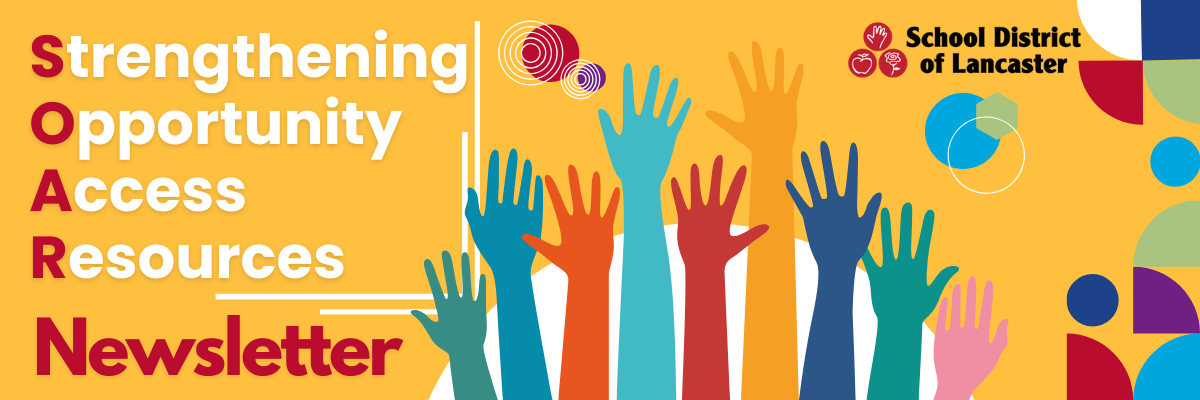
In the School District of Lancaster, we believe that educational equity is not just a goal—it is a core value. When we say that we are committed to a culture of belonging, we affirm our responsibility to actively dismantle inequitable systems and intentionally design school environments where every student, regardless of race, ability, language, or socioeconomic status, can thrive.
This requires a deep alignment between what we believe and how we behave. Our strategic plan’s focus area, Culture of Belonging, challenges us to reflect on whether our current practices create inclusive, affirming, and empowering spaces for all students. Belonging is not simply about being present in the building but about being seen, heard, and valued.
Historically, many public education systems across the country—including urban districts like ours—were structured in ways that marginalized students of color, English learners, students with disabilities, and students experiencing poverty. Segregation, discriminatory discipline practices, biased tracking systems, and deficit-based mindsets created exclusionary conditions that still echo in today’s schools. As a district community, we must confront this history and ensure our present-day practices do not perpetuate these harms.

Systemic Barriers Impacting Student Success
To create real change, we must name and address the barriers that persist in our schools and classrooms today. These barriers are often systemic, rooted in long-standing inequitable policies, beliefs, and structures that have disproportionately impacted historically marginalized students. The lasting impact this has on our students and practices is detrimental to our systems if we do not begin to make adjustments.
Exclusionary Discipline Policies
Zero-tolerance policies gained traction in the 1990s in response to school safety concerns, often resulting in automatic suspensions or expulsions for behaviors that could otherwise be addressed through proactive intervention. While these policies were intended to create order, they have disproportionately affected Black and Latino students, who are often punished more harshly for the same behaviors as their White peers.
For example, a 2021 report by the Office for Civil Rights found that Black students represent about 15% of enrollment nationally but account for over 35% of students suspended. This disproportionality in Lancaster and similar districts is not just a statistic—it reflects real students losing instructional time, falling behind, and disengaging from school.
Discipline disparities also impact students with disabilities, who are more likely to be suspended for behaviors linked to their disability, despite protections under the Individuals with Disabilities Education Act (IDEA). Such practices harm students academically and erode trust and connection with school staff.
What does your discipline data show? Take a look using Dashboard Insights and focus on Behavior. Access to various data is dependent on roles.
Limited Access to Advanced Coursework
Access to high-level academic opportunities is another area where inequities persist. While programs like gifted and talented education, honors, and Advanced Placement courses are designed to challenge and inspire, access to these opportunities is not equitably distributed. Gatekeeping mechanisms such as teacher recommendations, placement tests, or subjective behavioral evaluations often exclude students of color, English learners, and students from low-income backgrounds.
Research from The Education Trust reveals that even when students of color perform at the same level as their peers, they are less likely to be placed in advanced classes. In the School District of Lancaster, we must critically examine how students are identified for enrichment and acceleration and ensure that the criteria are transparent, inclusive, and bias-free.
Special education services are critical for supporting students with disabilities. Still, biases in the referral and evaluation process can result in misidentification, particularly for students from racially and linguistically diverse backgrounds. Historically, Black students have been disproportionately placed in categories such as emotional disturbance or intellectual disability. At the same time, English learners have often been mistakenly referred for language-based disabilities due to a lack of culturally responsive assessment tools.
Such misidentifications can lead to stigmatization, limited access to rigorous instruction, and lowered expectations. As educators, we must engage in culturally responsive assessment practices and collaborate with families to ensure fair, accurate, and student-centered evaluations.

Advocating for Inclusive Learning Environments
Inclusive learning environments are not defined solely by physical proximity, but by the degree to which all students are meaningfully included in academic, social, and extracurricular experiences. Schools that embody inclusion intentionally design systems, structures, and classroom practices that welcome, challenge, and support every learner, particularly those historically marginalized.
Policy Reform: Restorative Discipline and Culturally Responsive and Intentional Teaching
One of the most effective strategies to counter exclusionary discipline is the implementation of restorative practices, which focus on relationship-building, accountability, and community repair. Schools that adopt restorative practices report reductions in suspensions and improvements in school climate. Rather than removing students from learning environments, restorative approaches prioritize dialogue, reflection, and mutual understanding.
In parallel, culturally responsive and intentional teaching helps educators connect instruction to students’ cultural and lived experiences. This approach affirms student identities and counters the hidden curriculum that often centers on Eurocentric norms. For example, using diverse texts, recognizing the contributions of multiple cultures in the curriculum, and validating students’ home languages and experiences are foundational culturally responsive and intentional teaching strategies.
Family and Community Engagement
Partnership with families and community members is essential to sustaining inclusive schools. Historically, schools have often failed to meaningfully include the voices of families from historically marginalized backgrounds, especially those whose first language is not English or who have had negative past experiences with school systems.
Inclusive engagement practices include:
- Inviting families to co-create school initiatives and improvement plans.
- Holding multilingual and culturally relevant family events.
- Ensuring accessibility through translation, transportation, and childcare.
- Creating family liaisons or cultural navigators who serve as bridges between school and community.
When families are genuinely engaged as partners, student outcomes improve across academic, behavioral, and social-emotional domains.
True inclusion means that students receiving special education services are full members of the general education classroom and school community. Historically, many students with disabilities were segregated into self-contained classrooms or excluded from extracurricular activities, practices that limited both academic access and social belonging.
- Inclusive school design supports that allow students with diverse learning needs to participate fully in grade-level instruction. This includes:
- Co-teaching models, where general and special educators collaborate to deliver instruction together.
- Push-in services, where related service providers work in the classroom instead of pulling students out.
- Accessible materials and tools, such as captioned videos, assistive technology, or graphic organizers, aligned with Multitiered Systems of Support (MTSS).
-
Peer mentoring and cooperative learning benefit all students and promote empathy, collaboration, and leadership.
A robust body of research shows that inclusive classrooms lead to better academic outcomes for students with and without disabilities, improved social-emotional skills, and higher expectations for all learners.
Expanding Access and Success in Advanced Coursework
Access to rigorous coursework, such as gifted education, honors classes, Advanced Placement (AP), and International Baccalaureate (IB) programs, is a gateway to college and career readiness. However, students of color, English learners, and students from low-income backgrounds are often underrepresented in these spaces, despite having the ability and potential to succeed.
Historically, entrance into advanced courses has been limited by subjective gatekeeping practices, such as relying heavily on teacher recommendations, standardized test cutoffs, or narrow definitions of “giftedness.” These systems have often favored students who already benefit from cultural capital and school-based advocacy.
To foster more equitable access, districts and schools must:
- Review and revise placement criteria to eliminate unnecessary barriers.
- Implement universal screening for gifted and accelerated programs.
- Provide preparation and support programs, such as summer bridge courses, study groups, or academic mentoring for students entering AP/IB for the first time.
- Train educators in culturally responsive gifted education to recognize and nurture diverse forms of academic potential.
- Track and report data on participation and success rates in advanced coursework disaggregated by race, income, language status, and disability to monitor progress and accountability.
Creating inclusive learning environments means not only opening the door to opportunity but ensuring that all students can walk through it with the support they need to thrive.

Action Plan for Educators: Turning Insight into Action Identify Barriers in Your School or District
Start by conducting an equity audit: analyze discipline data, course enrollment patterns, and special education identification trends. Talk with students and families. Listen to their experiences and examine whether policies and practices are creating unintended obstacles to access and achievement.
Engage in Advocacy Efforts
Engage with colleagues in equity-focused professional learning communities. Participate in district-level conversations about revising discipline codes, placement criteria for gifted programs, and evaluation protocols for special education. Elevate equity in school improvement planning and advocate for policies that center student voice and justice.
Foster Student Agency
Students are the experts of their own experiences. Build structures that allow students to share their perspectives—whether through focus groups, student leadership councils, classroom surveys, or storytelling projects. When students are invited to shape the learning environment, they become more engaged, confident, and empowered.

Key Takeaway: Challenging Irrational Beliefs to Foster Equity
Transforming education requires more than good intentions—it requires intentional, sustained action. Educators become agents of change by challenging systemic inequities, advocating for inclusive learning spaces, and uplifting student and family voices. Equity is not a program or a checklist; it is a way of thinking, leading, and teaching that ensures every child has the opportunity to succeed.
Let us work together to ensure that our district remains a place of learning, belonging, and opportunity for all students.
Share Your Story
We want to hear from you! Your lived experiences, traditions, and insights are invaluable as we work together to build bridges and celebrate the diversity of our community. Share your story with us—whether it’s about your cultural heritage, a meaningful tradition, or a perspective that’s shaped your journey.
Fill out the form below and let’s start the conversation. Your voice matters, and we look forward to learning from you!
Have thoughts, feedback, or ideas for SOAR Newsletter? I’d love to hear from you. Let’s continue this journey, hand in hand.
Click Here to submit a topic and details. We will credit your submission.
